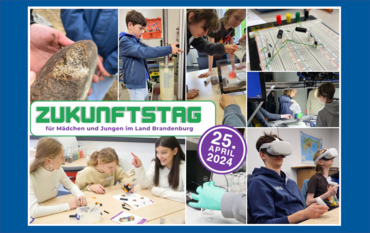Sergey Lobanov, head of a Helmholtz Young Investigator Group in GFZ Section 3.6 “Chemistry and Physics of Geomaterials”, has been awarded a prestigious ERC Consolidator Grant. His project “Glass2Melt” is being funded by the European Research Council with two million euros over a period of five years. This is the fifth time this year that an ERC grant has been awarded to the GFZ.
From mid-2024, Lobanov and his team will be investigating glasses and melts under high pressures and temperatures – as a model system for the magma ocean on Earth that extinguished approximately 4.5 billion years ago. The solidification of the Earth’s magma ocean has significantly influenced the further course of the Earth's history. Lobanov will use his own newly developed, ultra-precise laser techniques to gain new insights into the properties of the magma ocean. Specifically, they will determine changes in density of solid and molten glass in the laboratory under the extreme conditions that prevail from the Earth's crust to its core. The findings will also be crucial for understanding processes on and in Earth today in connection with earthquakes and volcanic eruptions, for example for deciphering deep seismic structures and modelling magma dynamics.
With the Consolidator Grants, the European Research Council funds excellent, promising scientists seven to twelve years after their doctorate whose working group is in the consolidation phase.
Brandenburg's Research Minister Manja Schüle congratulates:
“Research that inspires: For the fifth time this year, the European Research Council has awarded the Potsdam Research Centre for Geosciences one of the coveted ERC Grants. I would like to congratulate geophysicist Sergey Lobanov on this fantastic success! The jury is convinced of the future potential of his 'Glass2Melt' project – the GFZ researcher and his team will investigate natural glass melting under high pressure and temperatures. The ultra-precise laser technology developed by Sergey Lobanov provides data that contribute to the understanding of processes on Earth today in connection with earthquakes and volcanic eruptions. Once again it is clear that science in Brandenburg is excellent – and honoured!”
The Scientific Director of the GFZ, Susanne Buiter, is also delighted with the success:
“Congratulations to Sergey Lobanov on this outstanding success, which is also of great importance for the GFZ. His project not only spans a large temporal arc - from the beginnings of the Earth's history to the present day, with relevance for fundamental findings as well as for current natural disasters. His research also shows how tiny samples in an excellently constructed laboratory environment can be used to gain insights into inaccessible areas under the extreme conditions in the Earth's interior. It is particularly pleasing that Sergey Lobanov can build on the successful results of his Helmholtz Young Investigators Group.”
The Glass2Melt project in detail
Magma oceans are huge, potentially global molten regions of planets. On Earth, the magma ocean solidified 4.5 billion years ago through crystallisation. “Although this phase is long gone, it is extremely important because it had a major influence on the further development of the Earth. To understand the Earth, we therefore need to know the physical properties of the magma in the Earth's deep interior,” says Sergey Lobanov.
One important unknown is the density of the melts at high pressure. It determines whether the crystallising phases rise or sink. The magma density therefore also determines the migration, spatial distribution and storage of melts in today's Earth's mantle, which in turn has an impact on volcanic eruptions, for example.
Challenge: Measuring the density of silicate melts at high pressure
However, the density of silicate melts has so far only been well known at atmospheric pressure, because it is extremely difficult to measure at high pressure.
In principle, melts that are very similar to those in the Earth's interior can be produced in the laboratory. In order to simulate the enormous pressure that prevails several thousand kilometres deep inside the Earth, the researchers will press the material between the tips of two diamonds – in a so-called diamond anvil cell. Due to their hardness and the very small surface area of just a few micrometres, the forces required for this are manageable. Laser light can be coupled through the transparent diamonds to heat up and melt the clamped sample.
“This technology is very powerful because it allows us to virtually penetrate from the Earth's crust to its core by varying the pressure and temperature in the laboratory. However, measuring the density or the inversely proportional volume is a major challenge under these conditions because the samples are hot, reactive, trapped and unimaginably small: around a million times smaller than a cubic millimetre,” explains Lobanov.
A particular challenge arises from the fact that the molten glass does not have a regular crystalline structure. While the change in surface area of the sample can be determined comparatively well through the transparent diamonds, its thickness cannot be determined using established methods such as X-ray diffraction.
New approach: measuring the sample thickness with a white laser
“Our new approach in Glass2Melt is based on the innovative technology of the white laser, which is also directed through the diamonds onto the sample. By reflecting the light on both sides of the sample, its thickness change in response to pressure and temperature can be measured on the nanometre scale,” explains Lobanov.
And he adds: “We developed this method as part of my Helmholtz Young Investigator Group in a completely different context. And when we successfully demonstrated that something like this could actually be measured, I thought about what really important problem this technique could be applied to. That's how this project idea came about”.
Project goal: Universal melt density model
The main result of this project will be the first universal melt density model that applies to all silicate liquids between the crust and the core. “Glass2Melt” will thus make a decisive contribution to understanding the initial conditions of the Earth's development as well as the seismic structures and magma dynamics in today's Earth's mantle.
About the person
Dr Sergey Lobanov has been head of a Helmholtz Young Investigator Group at the GFZ since 2018. Prior to this, he spent several years conducting research in the USA after completing his doctorate at the V.S. Sobolev Institute of Geology and Mineralogy (Novosibirsk, Russia) in 2012: first as a post-doc and scientist at the Geophysical Laboratory, Carnegie Institution of Washington, then as a Research Assistant Professor at Stony Brook University. In between, he was a Foreign Postdoctoral Fellow at the Institute of Solid State Physics of the Chinese Academy of Sciences in Hefei, China, from 2014 to 2015. In 2019, he was honoured with the “Mineral and Rock Physics Early Career Award” of the American Geophysical Union (AGU) and the “Emerging Leader Award” of the “Deep Carbon Observatory”.


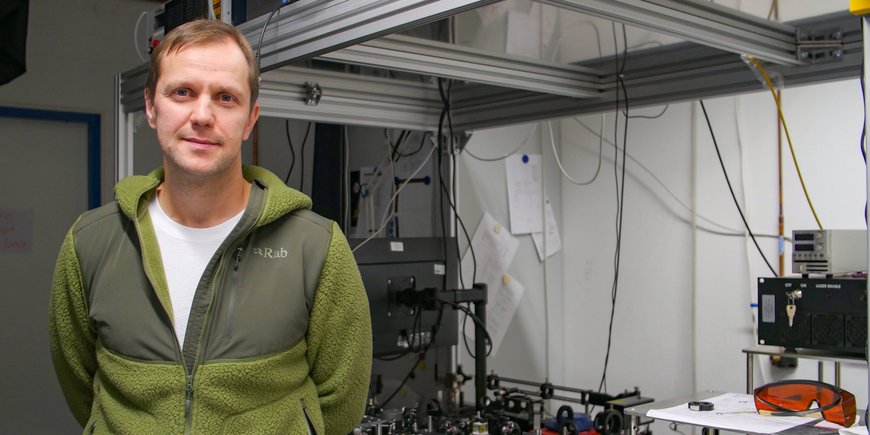
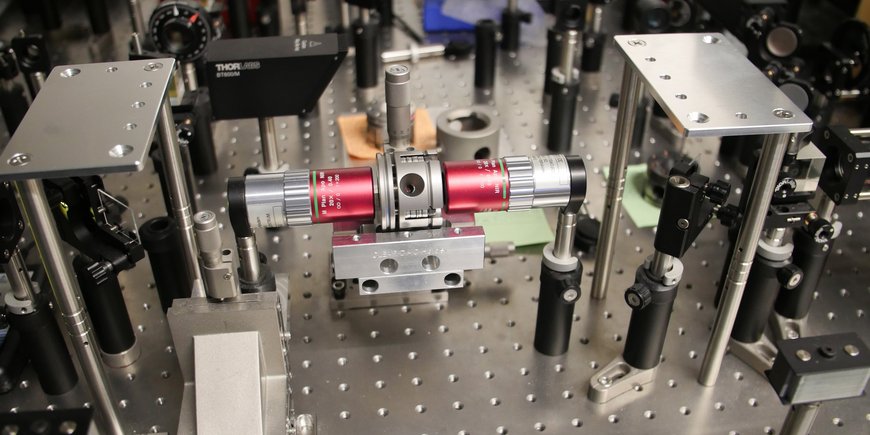







![[Translate to English:] Group photo with 7 people in front of a new metal plant in a large laboratory hall.](/fileadmin/_processed_/0/4/csm_20240628-GFZ_Einweihung_Triax-Anlage-PRESSE_Abb1_040_c-Bahlo-GFZ_187906cb48.jpeg)




![[Translate to English:] Heidi Kreibich, woman with short brown hair and blue eyes. She is wearing a grey cardigan and a red polo shirt](/fileadmin/_processed_/6/6/csm_kreibich-Heidi_1_Querformat_he-2021_2dedd3ef33.jpeg)




![[Translate to English:] [Translate to English:] Totes Meer gesehen von einem Hügel am Ufer](/fileadmin/_processed_/0/f/csm_20240612-web_AdobeStock_151245578_cb8e2706f3.jpeg)

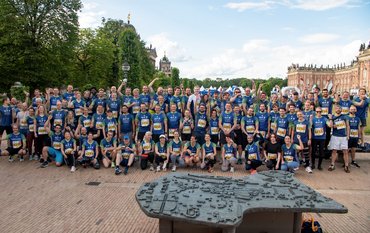
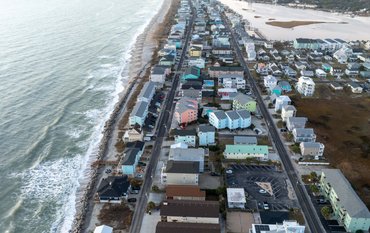
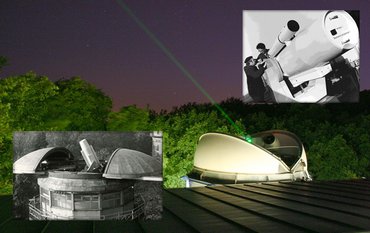
![[Translate to English:] Gruppenfoto im Hörsaal](/fileadmin/_processed_/8/a/csm_240528-GfZ-ERC-Grantees-Gruppe_31be9704f5.jpeg)
![[Translate to English:] Susanne Buiter in front of a blue wall with GFZ logo](/fileadmin/_processed_/d/7/csm_20220721-GFZ-Portrait-Buiter-1-he-web_-c-Reinhardt_Sommer_2a6e3b8ae1.jpeg)
![[Translate to English:] [Translate to English:] Drohne](/fileadmin/_processed_/b/a/csm_20240515_155801_d696ee4200.jpeg)
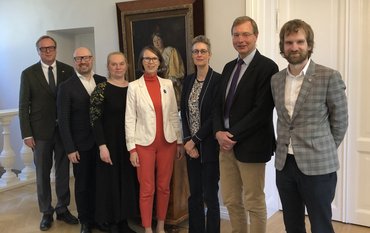
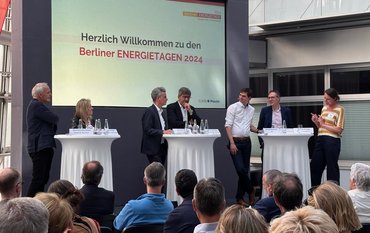
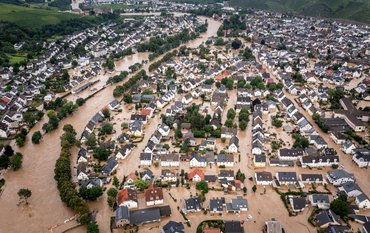
![[Translate to English:] ein riesiges Erdloch in einer kargen Landschaft im Iran mit Bergen im Hintergrund](/fileadmin/_processed_/f/1/csm_DSC_7917_kleiner_f14e27f7ad.jpeg)
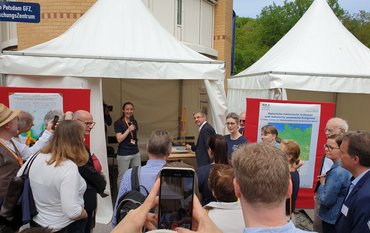
![[Translate to English:] Lecture room at GFZ with participants](/fileadmin/_processed_/a/9/csm_P1140796__002__c03fcad8bd.jpeg)
